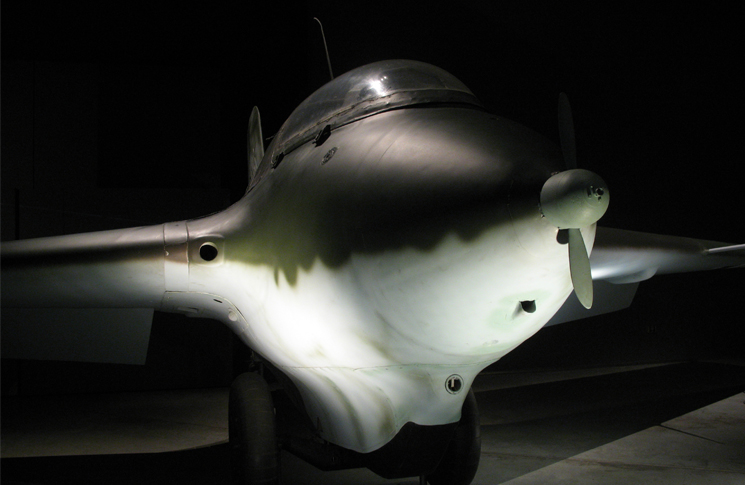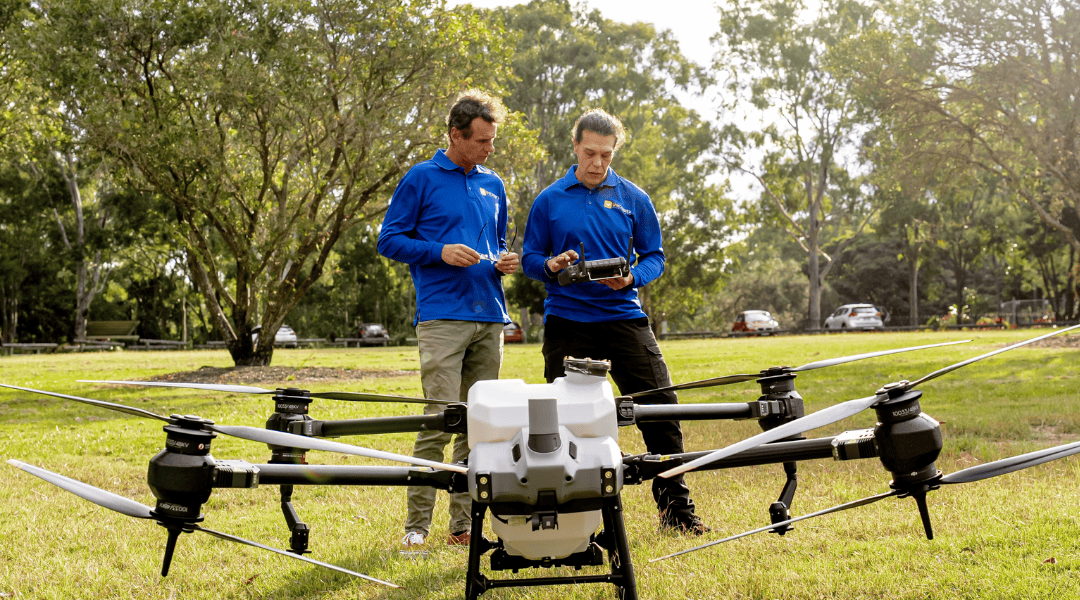
Search and rescue
Search and rescue has come a long way since the 1929 ‘Coffee Royal’ incident, where two of Charles Kingsford Smith’s friends died looking for him hundreds of kilometres away in the wrong place. (The Southern Cross was stranded on a mudflat in the Kimberley region of WA). In Australia aviation search and rescue is provided by AusSAR, part of the Australian Maritime Safety Authority (AMSA). Searches and rescues are directed from AusSAR’s 24-hour rescue coordination centre in Canberra.
The major technological revolution in detection of missing aircraft has been the Cospas-Sarsat distress beacon detection system. This international consortium manages the system’s satellites and 406Mhz emergency locator transmitter (ELT) beacons. About 20 per cent of Cospas-Sarsat’s rescues are in aviation.
Seat belts
The first recorded use of a seatbelt on an aircraft was in 1911, on a Wright biplane. Two years later, the first pilot to loop the loop, Adolphe Pégoud, used one to keep from falling out. Aviation seat belts are as much about keeping the occupant in their seat during flight as protection in a crash. Allied and central powers aircraft used seat belts in World War I and a four-point quick-release pilots harness, the Sutton harness, was developed late in the war. It entered widespread use in World War II. By that time passenger seatbelts were established features of civil transport aircraft such as the de Havilland Dragon and Douglas DC-3. Modern general aviation and business/first class airline belts include airbags. As of 2011 there were more than 70,000 airbag-equipped seatbelts in service. Half of these are on commercial airplanes and half in general aviation aircraft. Seat belt airbags differ from automotive ones by deploying away from the wearer. This makes them less likely to cause minor injuries during inflation.
Sterile cockpit rule
It is September 11, 1974, and Eastern Air Lines Flight 212 crashes short of the runway while conducting an instrument (ILS) approach into North Carolina, USA, killing 72 of the 82 on board. The investigation concluded that the accident was caused by lack of altitude awareness in conjunction with non-critical communication (i.e. chatter) during the landing. Before this ill-fated flight, there was no strict protocol on non-essential conversations during critical phases of flight. The FAA subsequently introduced FAR 121.542 and 135.100 which require flight crew to not engage in any non-essential communication during critical phases of flight. These regulations apply to commercial operators (FAR 135) and scheduled air carriers (FAR 121). There are no equivalent regulations in Australia but many operators adopt the protocol anyway.
Synthetic vision
Synthetic vision sounds like something out of a sci-fi movie, and it sort of is. The term refers to a display in an aircraft that interprets satellite navigation and flight instrument data to show an aircraft’s position relative to the surrounding landscape in real time. Gulfstream first introduced it in 2001. The idea behind this technology is its ability to increase the situational awareness of the crew during instrument meteorological conditions, particularly at night. A secondary benefit is the ability to reduce the number of go-arounds due to the pilots being able to ;see’ the runway more often than previously.
Spatial disorientation awareness and training
The human body, and in particular the human ear, was not designed to fly. Our brains are subject to unavoidable and dangerous illusions when they receive conflicting information from the eyes and the inner ear. These effects can be related to turning or linear motion, and are known respectively as somatogyral and somatogravic illusions. An example of a somatogravic illusion is the head-down illusion. If an aircraft experiences a reduction in speed, it can feel as if it is pitching nose down. The natural reaction to a nose-down attitude is to raise the nose, but if this is done as the result of an illusion, the aircraft can slow towards a stall. A related illusion is the pitch-up illusion, sometimes experienced on dark night take-offs. This causes pilots to put the aircraft into a dive to avoid a perceived pitch-up. Spatial illusions were first discovered and acknowledged in the 1920s, but continue to kill pilots, crew and passengers in general aviation and air transport. After 100 years of awareness, this is testament to their seductive, deadly power, which can overcome any pilot, regardless of skill and experience.
Ram air turbine
A RAT or ram air turbine extends from an aircraft’s fuselage to extract energy from the airflow around the aircraft and turn it into a usable form of energy, such as electric power or hydraulic pressure for hydraulic pumps. A RAT is a small wind turbine that can be extended into the airflow when necessary. Large passenger aircraft only use RATs in emergencies, while smaller aircraft will sometimes use them to power extraneous systems. The first time a RAT was used on an aircraft was in World War II, with the German Messerschmitt 163B Komet rocket-powered interceptor. This aircraft had a small air-driven propeller generator to power its electrical systems. You can see one of the few Me163Bs to survive the war at the Australian War Memorial.
Simulators
Practising flying on the ground has been part of aviation history almost from the first flight. Pre-World War I Antoinette monoplanes had a manually operated training simulator, and needed one, because of their unorthodox controls. During World War II Edwin Link developed the Link Trainer to help pilots learn instrument flight. This simulator, made using musical instrument technology of bellows, pumps and pipes, responded to pilot inputs by moving the simulator around to mimic an aircraft’s reaction in flight, while an instructor recorded the student’s efforts. Nowadays, flight simulators use powerful computers, collimated displays based on extensive databases of actual landscapes, and sophisticated electro-mechanical jacks to provide an immersive experience that comes impressively close to flying an aircraft.
Health and usage monitoring systems (HUMS)
In recent years it has been possible to install sensors and logging equipment in many different aircraft systems, allowing a cacophony of data to be generated, recorded and analysed for every flight. Analysis of this data can produce information identifying a potential fault in a component before it occurs. One example is spikes in temperature, voltage or current in a DC motor before it burns out. Preventative steps can then be taken, increasing safety and reducing maintenance costs and aircraft down-time. Another HUMS monitors the vibrations in helicopter drivetrains.
Transponders
Derived from the identification, friend or foe (IFF) technology used by allied and axis sides to prevent friendly fire shoot downs in World War II, a transponder (Transmitter-responder) is a radio that responds to an interrogation signal from another radio with a signal of its own. Modern secondary surveillance radar relies on transponders, rather than simple radar reflections, and is the basis of our air traffic control system. In civil aviation there are three modes of operation where a transponder responds or ‘squawks’ when interrogated by a radar beam. Mode A provides a four-letter manually entered identification code; Mode C adds pressure altitude; while Mode S can operate in either elementary surveillance mode, which transmits the aircraft ID and 24-bit aircraft address, or enhanced surveillance mode which transmits aircraft and satellite navigation-derived data on altitude, indicated and ground speed, vertical rate, selected altitude, direction and so on. The Mode S Extended Squitter transponder is the foundation of ADS-B, a system that is ultimately intended to replace secondary radar coverage. The transponder is also the communication device used by the airborne collision avoidance system (ACAS). It transmits an interrogation signal that is received by a nearby aircraft, which then responds. The time taken and the data included in the reply allow the ACAS computer to determine whether that aircraft is a threat and provide resolution instructions to the pilot.
SIDs and STARs
SIDS and STARS are standardised ways to approach and depart from an airport. A standard instrument departure route (SID) is a standard air traffic route (identified in an instrument departure procedure) along which aircraft should proceed from take-off phase to the en-route phase. A standard arrival route (STAR) is a standard air traffic route (identified in an approach procedure) along which aircraft should proceed from the en-route phase to an initial approach fix. Without SIDS and STARS, crews leaving busy airports would have to copy down and read back long and intricate clearances – and mistakes would inevitably be made by pilots or air traffic controllers. SIDS and STARS help reduce conflict between inbound and outbound traffic at busy airports, and streamline the safe flow of traffic.


